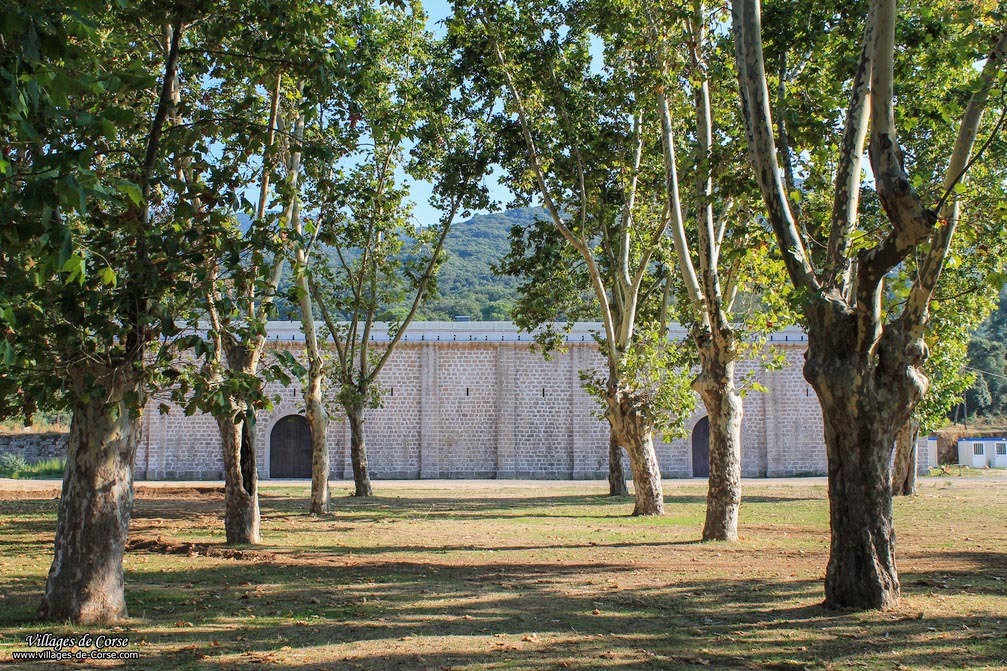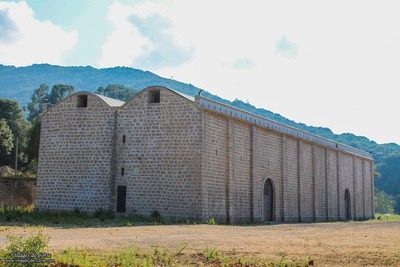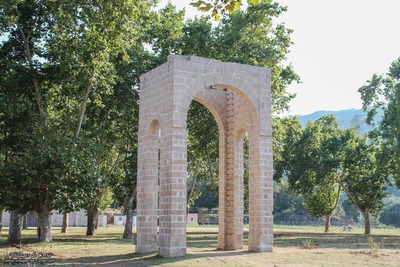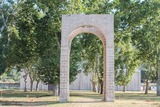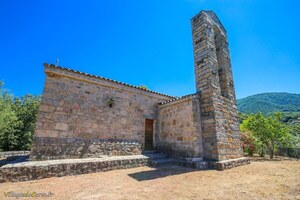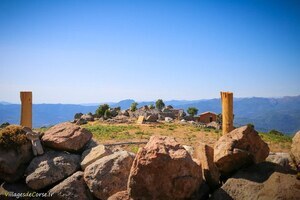Coti-Chiavari Penitentiary
The history of the penitentiary
The opening of the Coti Chiavari penal colony dates back to the middle of the 19th century. The first prisoners were transferred there by sea in 1855. It remained in operation for just over fifty years before being closed for good in 1906, when the prisoners were transferred to Cayenne.
Prisoners were given relatively short sentences at the time, ranging from 3 years to sometimes more than 15 years. Prisoners worked in a state of semi-liberty, supervised by military personnel.
The building is the main component of a complex of buildings located in the surrounding area covering several thousand hectares, including a powder magazine and a slurry pit.
Life at the penitentiary
The site is notorious for its harsh past in terms of working and prison conditions. The insalubrious conditions and the pace of work in a state of general malnutrition weakened the organisms, which were prone to disease. The cumulative effect of these conditions was to claim numerous victims a few months after the penitentiary opened, many of them suffering from malaria. During this period, just under a quarter of the prison population survived.
This particularly difficult environment encouraged numerous escape attempts, sometimes with the complicity of villagers. For those who were found and returned to the penitentiary, the punishment was intended to be dissuasive, with 6 months in solitary confinement in the most deplorable sanitary conditions.
Agricultural penitentiary and dam construction
The first years of the penitentiary were devoted to developing the land, constructing buildings and roads and then working the land.
During their sentences, the prisoners cultivated and harvested. As the Coti Chiavari penitentiary was an agricultural penitentiary, the prisoners built a dam to retain water and irrigate the crops. The dam, located upstream of the penitentiary, was ingeniously designed and has stood the test of time. It was renovated very recently, with work completed in 2014. The water now arrives as it did in the past, filling its 25,000 cubic metres.
The penitentiary today
Situated on the road to Porticcio, overlooking the Gulf of Ajaccio and the Isolella peninsula, the building now seems to be privatised, reserved for hire for the organisation of various events.
The history of the Coti Chiavari penitentiary can be found in Dominique Boudon's book "Le pénitencier de Coti-Chiavari", published in 2006.
